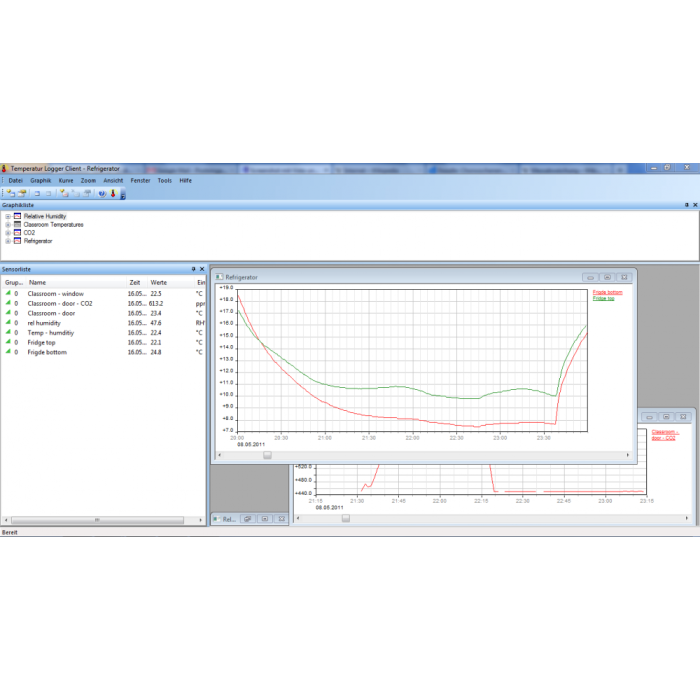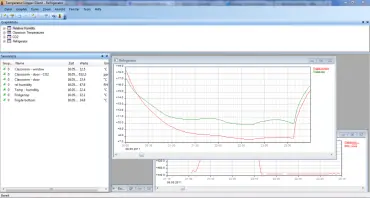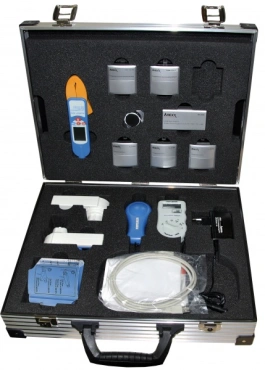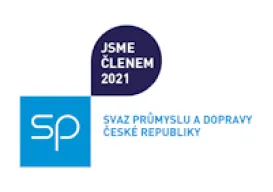leXsolar-ESave Ready-to-go
Thanks to the leXsolar-ESave Ready-to-go, discussions about energy becomes more tangible. The approach is holistic: the students focus first on issues like global energy consumption, climate change or energy consumption at private households. Based on the question-at-hand, students will make measurements based on the problem; for instance things like room temperature or climate, water and energy consumption, etc. The goal is to foster the ability to identify potentials for improvements and savings.
Key data:
- With the help of this combination of instruments, the following topics can be analyzed and optimized:
- Electrical energy consumption
- Heating behavior
- Air quality
- Water consumption of a school/household
- Lighting
- Optimal for energy saving projects in the classroom
- Many measurements can utilize an automatic Data Logging System
- Includes a detailed introduction to the topics for students, excercise sheets for the respective measurements and an experiment quide for teachers
Components:
- 1× Data Logging USB base station with power supply
- 3× Temperature sensors for inside use (temperature range: -30 °C – 80 °C/-22 °F – 176 °F, measuring accuracy: ±0,5 °C/0,5 °F)
- 1× Combined humidity-temperature-sensor (0 – 100 % relative humidity, accuracy ±4,5 %, temperature range: -40 °C – 120 °C/-40 °F – 248 °F, ±0,5 °C/0,5 °F)
- 1× Temperature sensor for outside use (temperature range: -30 °C – 80 °C/-22 °F – 176 °F, measuring accuracy: ±0,5 °C/0,5 °F)
- 1× Digital Light Meter (0,01 – 50000 Lux)
- 1× Infrared thermometer
- 2× Electricity meter
- 1× Flow meter
- Detailed worksheets
- Robust aluminium case with foam inserts
Experiments:
Understanding energy
- Primary and secondary energy, resources and reserves
- Units and converions, key sizes
- Production of electricity, comparison of power plants
- Worldwide energy consumption
- Climate change and CO2
- Why save energy?
Heating
- Learn more about your school - Which energy sources are used? What are their locations and costs?
- Temperature in the classroom
- Heat loss of buildings
- Air quality
- Heating and ventilating: correct behavior
- Humidity
Water
- Learn more about your school - Where does drinking water come from? Where does the used water go? What are the annual consumption and costs, etc.
- Hot water preparation
- Where is water consumed: correct behavior
Electricity Consumption
- Learn more about your school - Whoch energy suppliers are used? What are the annual consumption and costs?
- Electrical energy in everyday life
- Electrical energy in the kitchen
- Energy guzzler
- Hidden loss: stand-by-mode and the "off" position
Light
- Light in the classroom
- Comparison of different light sources
- Researching different brightnesses
Extra available:
- 1500-01 Combined CO2-temperature sensor (CO2: 400 ppm do 90%, accuracy: ±15 %, temperature range: -30 °C – 80 °C/-22 °F – 176 °F, measuring accuracy: ±0,5 °C/0,5 °F)
Age: 14 - 19 years
- Subject
- Energy saving
- Quantitative unit
- ks
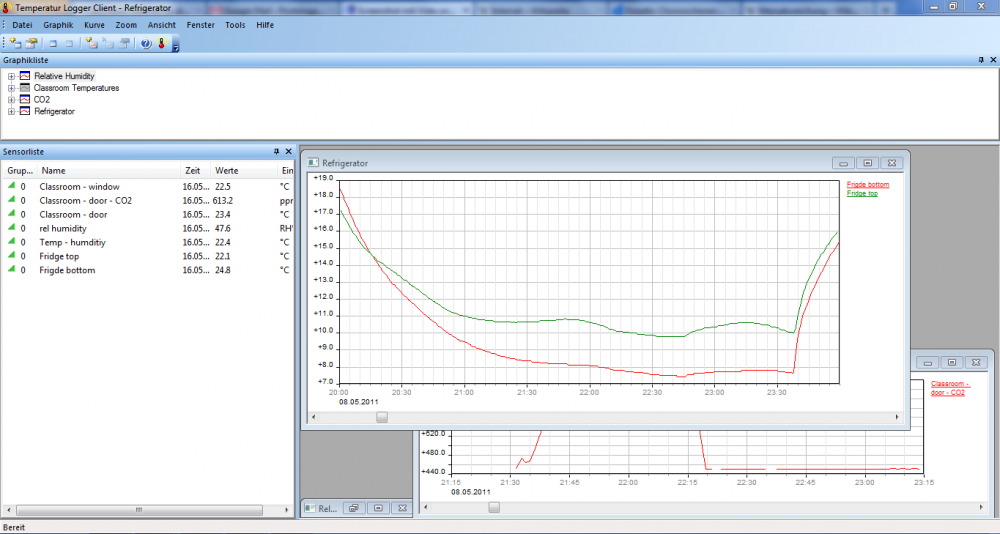
leXsolar-ESave Ready-to-go
